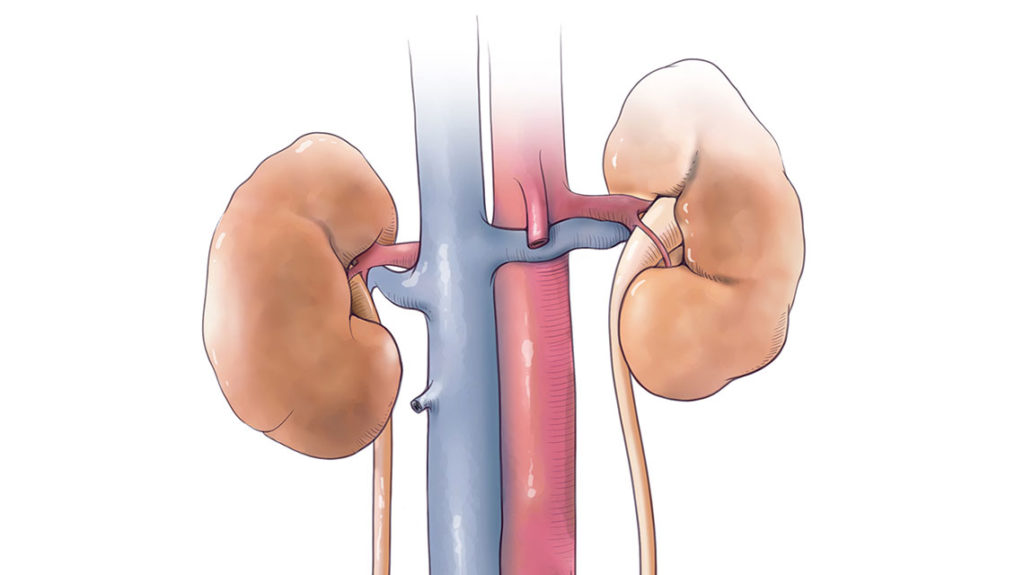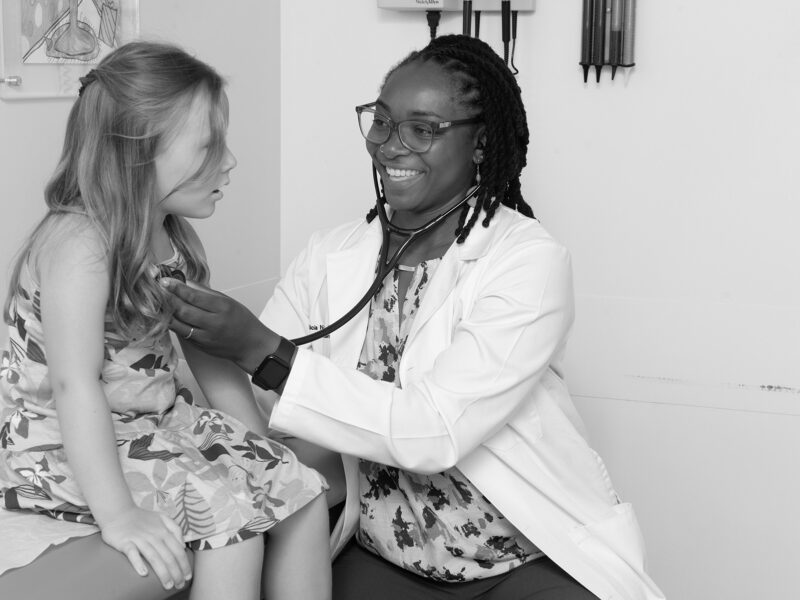Improving Identification of Neonatal Acute Kidney Injury in the NICU
Improving Identification of Neonatal Acute Kidney Injury in the NICU https://pediatricsnationwide.org/wp-content/uploads/2021/01/Urinary-system-No-Background-kidney-header-1024x575.jpg 1024 575 Mary Bates, PhD Mary Bates, PhD https://secure.gravatar.com/avatar/c6233ca2b7754ab7c4c820e14eb518c8?s=96&d=mm&r=g- April 05, 2022
- Mary Bates, PhD

Approaches at three different institutions all resulted in improved identification and care of acute kidney injury in newborns.
In a new study, researchers describe three different approaches to standardizing the identification and care of acute kidney injury (AKI) in the neonatal intensive care unit (NICU), including the approach taken at Nationwide Children’s. They report that each was associated with improved AKI identification, increased nephrology consultation and increased outpatient referrals for newborns with AKI, demonstrating that multiple strategies can be successfully used to improve neonatal AKI care.
AKI is common in newborns, occurring in up to 30% of high-risk infants admitted to the NICU. Neonatal AKI is acutely associated with a longer hospitalization and a higher risk of death. Long-term, neonatal AKI could lead to chronic kidney disease in childhood.
For the new study, researchers evaluated three different approaches to improve the identification of AKI in the NICU. They examined three institutions (Riley Hospital for Children, Nationwide Children’s Hospital and Medical University of South Carolina Children’s Health) that have instituted standardized protocols to improve AKI care and nephrology involvement in NICU patients. Prior to the establishment of the protocols within the last several years, there was no uniform approach to AKI identification or nephrology involvement in the NICU at any of the hospitals.
The new protocols implemented reflect a strong collaboration between neonatology and nephrology, says Tahagod Mohamed, MD, a pediatric nephrologist and the director of the Neonatal Nephrology Integration Program at Nationwide Children’s and one of the study’s authors. At Nationwide Children’s, this includes a nephrologist who does weekly rounds in the NICU to evaluate all the infants who develop AKI.
“During that time, the nephrologist will not only provide assistance with AKI management but will also provide education to the staff on neonatal AKI,” says Dr. Mohamed. “In addition to establishing an inpatient program to identify babies who develop the severe form of AKI, we also established an outpatient neonatal nephrology clinic for those babies to be seen after discharge to improve long-term follow up.”
Dr. Mohamed and her colleagues evaluated data from each center six months prior to the initiation of standardized practices and six months following adoption of the practices. In total, 1,887 infants were included in the study, 67% of which were treated at Nationwide Children’s.
While different in approach, each NICU’s strategy resulted in improved AKI identification. In all centers, there were increases in nephrology consultation and follow-up, and a significant decrease in AKI incidence.
Dr. Mohamed, who is also an assistant professor of pediatrics at The Ohio State University College of Medicine, says the findings suggest that there are multiple ways of improving neonatal AKI identification that can be adapted to a variety of centers’ needs.
“We looked at three centers that had three different protocols and we found three protocols that worked,” she says.
“Other hospitals may look at these protocols and find an approach that works for them. Or, they may be inspired to come up with individualized approaches of their own.”
Reference:
Starr MC, Chaudhry P, Brock A, Vincent K, Twombley K, Bonachea EM, Mohamed TH. Improving the identification of acute kidney injury in the neonatal ICU: three centers’ experiences. Journal of Perinatology. 2022 Feb;42(2):243-246. doi: 10.1038/s41372-021-01198-0.
About the author
Mary a freelance science writer and blogger based in Boston. Her favorite topics include biology, psychology, neuroscience, ecology, and animal behavior. She has a BA in Biology-Psychology with a minor in English from Skidmore College in Saratoga Springs, NY, and a PhD from Brown University, where she researched bat echolocation and bullfrog chorusing.
-
Mary Bates, PhDhttps://pediatricsnationwide.org/author/mary-bates-phd/December 27, 2016
-
Mary Bates, PhDhttps://pediatricsnationwide.org/author/mary-bates-phd/
-
Mary Bates, PhDhttps://pediatricsnationwide.org/author/mary-bates-phd/
-
Mary Bates, PhDhttps://pediatricsnationwide.org/author/mary-bates-phd/
- Post Tags:
- Kidney
- Neonatology
- Nephrology
- Research






